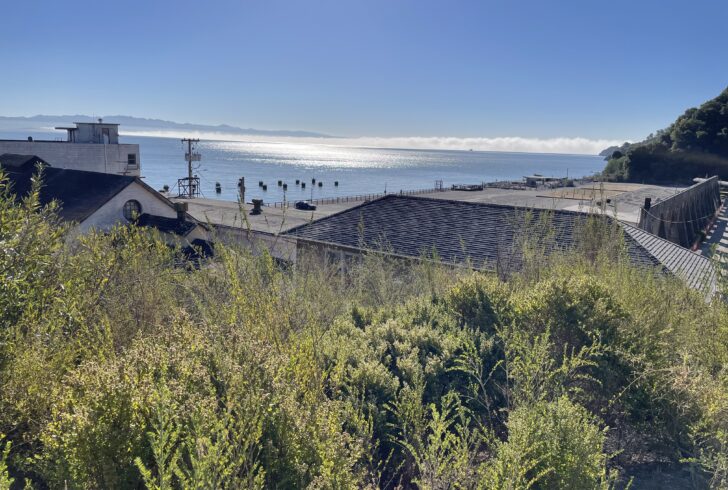
Living Seawalls in Practice: A Workshop on Science-Informed Design in California
The Stone Living Lab's Co-Director Katie Dafforn presents to the Living Seawalls workshop in San Francisco.

The Stone Living Lab's Co-Director Katie Dafforn presents to the Living Seawalls workshop in San Francisco.
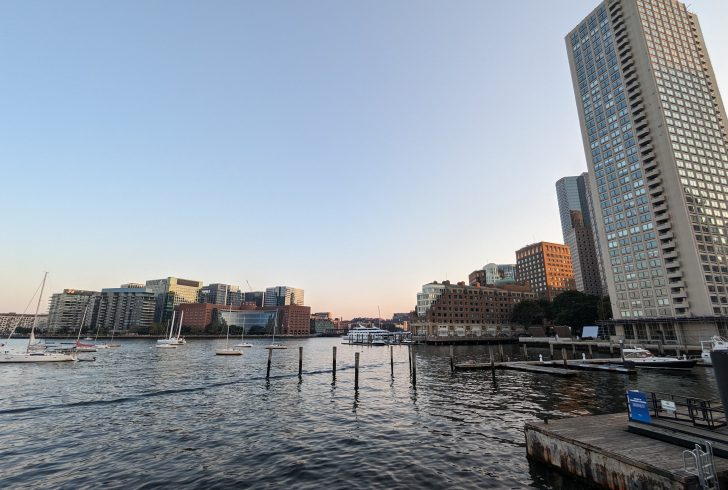
With several “king tides” in the near-term forecast, the Stone Foundation is donating $10 million over the next five years to help a local lab expand its work on nature-based methods of adapting places like Boston Harbor to flooding from climate change.
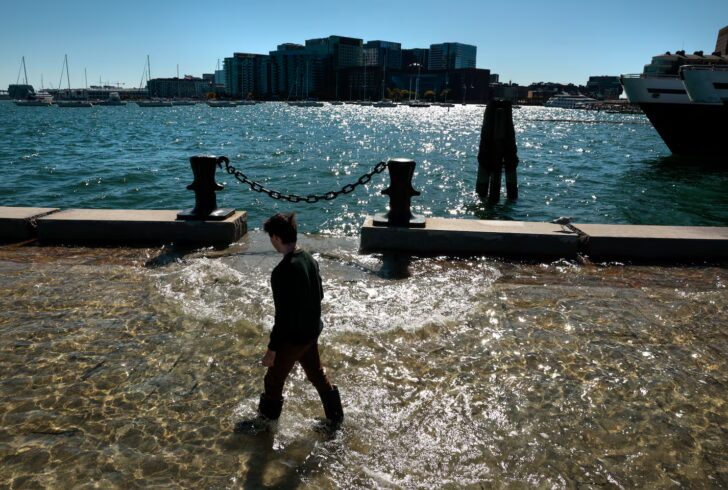
The tides are scientifically known as perigean spring tides and are caused by a combination of the moon’s orbit and phases.
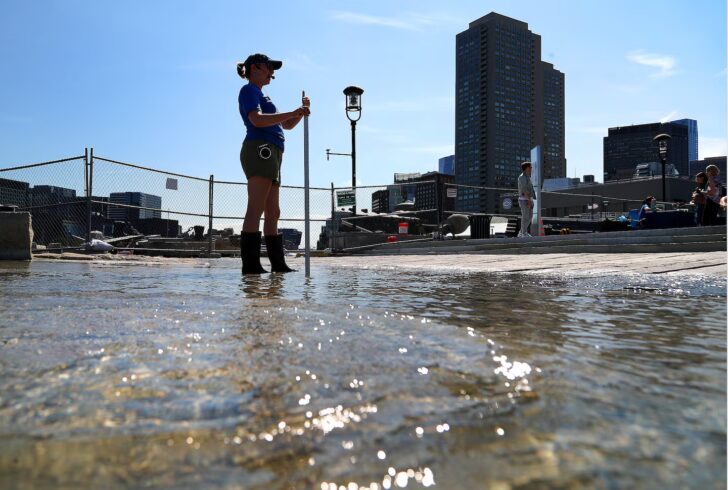
Experts warn Boston’s king tides offer a glimpse of future flooding in a warming world
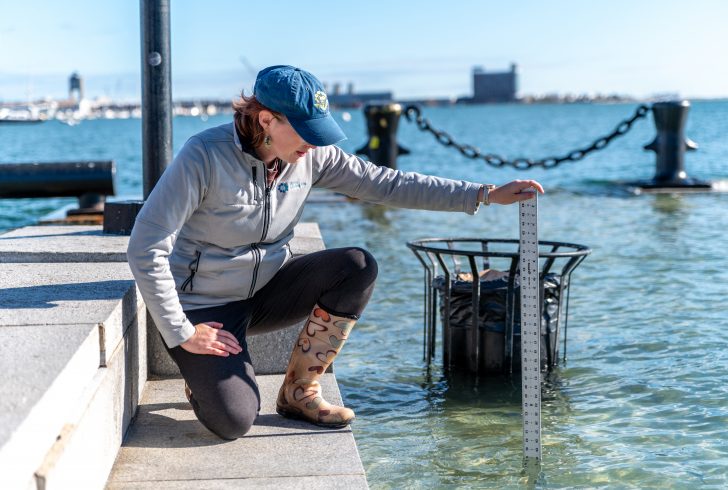
This fall, Boston will experience a spectacular tidal event: the Perigean Spring Tides (also called King Tides). These “wicked high tides” result in high tides that are 2-4 feet higher than normal. This natural phenomenon occurs a few times each year, and gives us a window into how sea level rise will soon start affecting our daily lives.
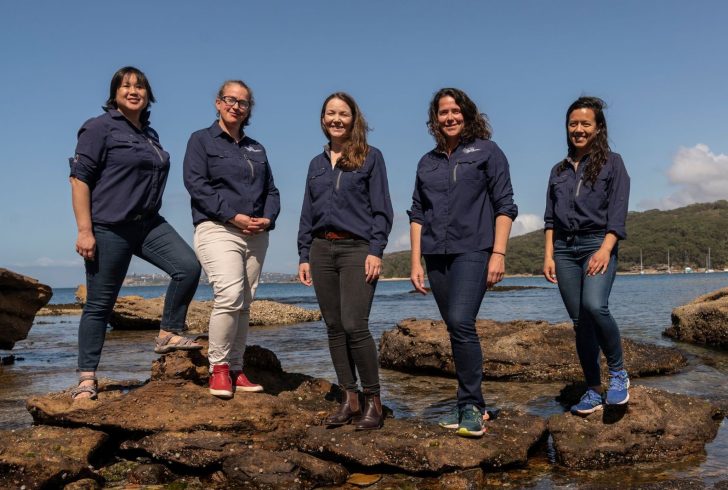
The Stone Living Lab is so proud of our partners at Living Seawalls for winning this year's Eureka Prize for Environmental Research.
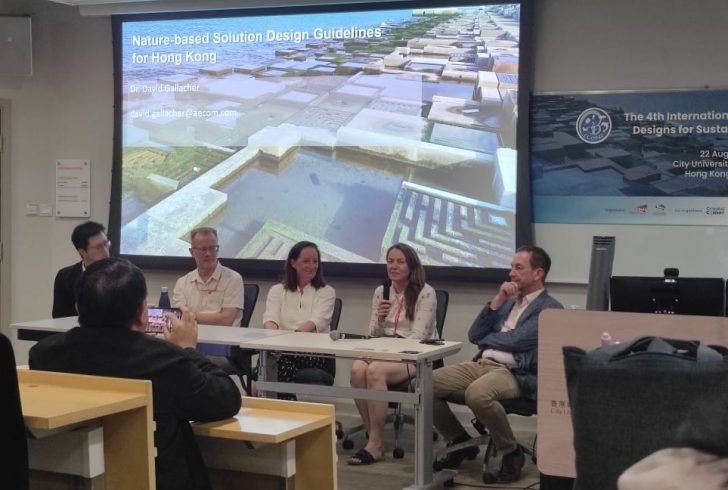
The Stone Living Lab's Co-Director Katie Dafforn presents to the International Conference on Biodiversity, Ecology and Conservation of Marine Ecosystems (BECoME) in Hong Kong.
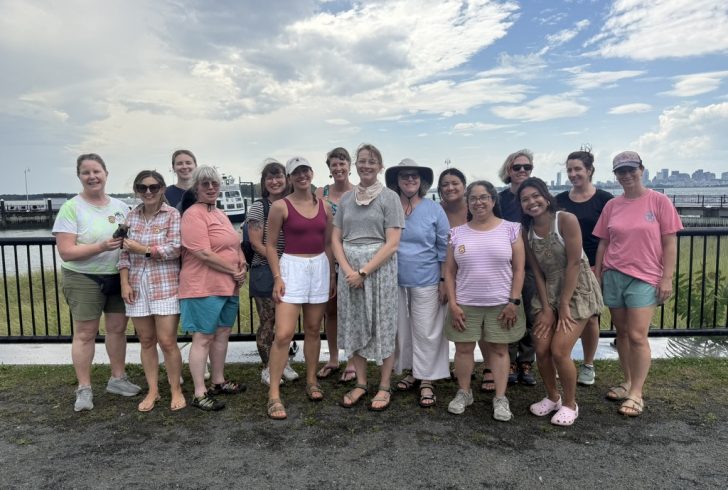
In this week-long course, we explore the intersection of place-based learning, participatory science, and climate change within the local context of Boston Harbor. Read on to see what we did each day!
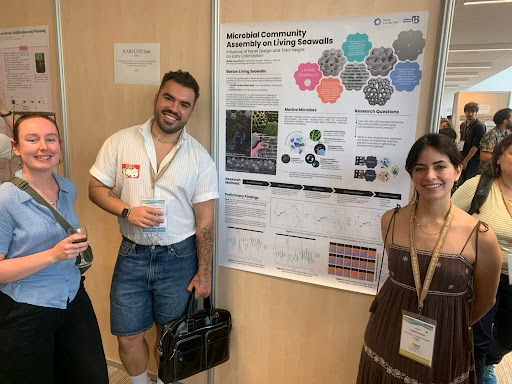
The Stone Living Lab's UMass Boston graduate team presents at the International Temperate Reefs Symposium (ITRS) in Brest, France.